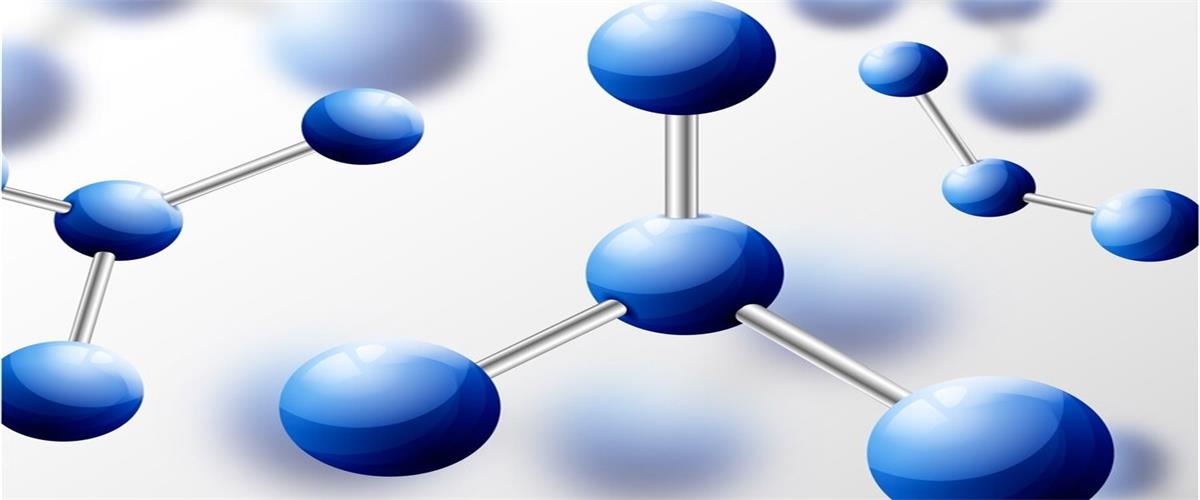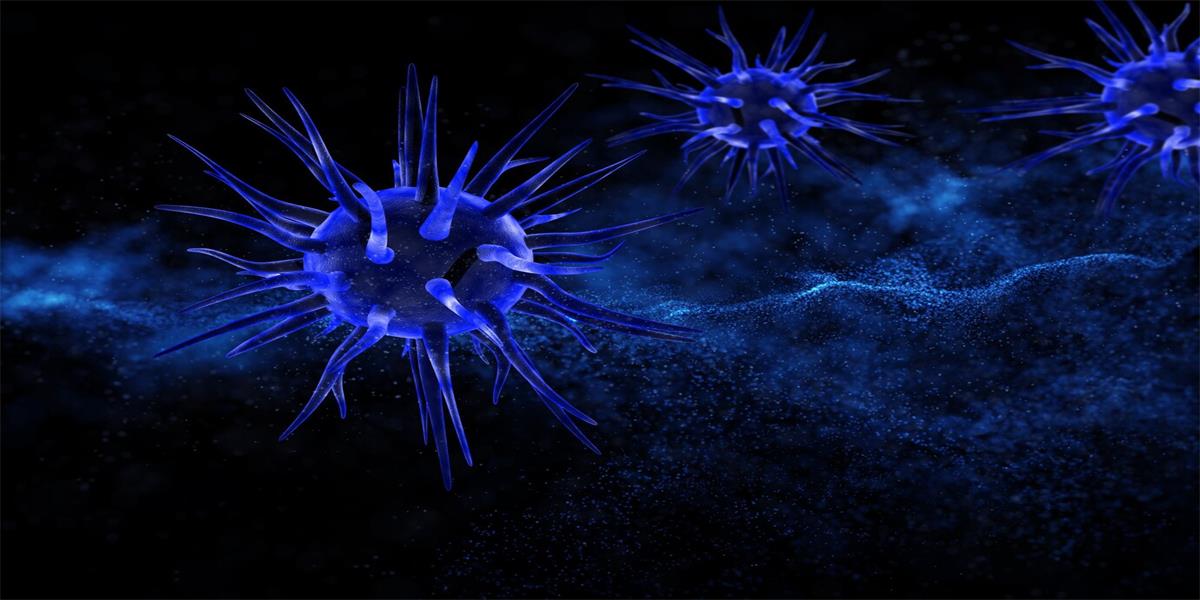7,8-Dihydroxyflavone (7,8-DHF) is a naturally occurring flavonoid that shows promise in various areas of health. If you are interested in natural supplements or dietary ingredients that may support brain health, mood, and overall well-being, 7,8-DHF may be worth exploring. The 7,8-Dihydroxyflavone Powder provided by Suzhou Myland has a CAS number of 38183-03-8 and a purity of up to 98%. The product has undergone strict quality control and complies with international standards, ensuring the efficiency and safety of the product. , suitable for scientific research, drug development, health care product production and other fields, providing you with a reliable choice.
7,8-Dihydroxyflavone (7,8-DHF) is a relatively rare flavonoid compound naturally occurring in nature. It has been detected in Astragalus pumila, Primula grandifolia and Hubei crabapple. has emerged as a promising nootropic compound. It has demonstrated a range of neuropharmacological effects in preclinical studies,
Flavonoids are a class of polyphenolic compounds found in a variety of fruits, vegetables, and other plant sources. In recent years, they have received considerable attention due to their antioxidant, anti-inflammatory, and neuroprotective properties.
These compounds have been shown to have beneficial effects on the brain, including enhancing cognitive function and preventing neurodegenerative diseases. 7,8-DHF is one of the most prominent polyphenolic compounds receiving increasing attention as a nootropic. It has been studied for its potential effects on mood, memory, learning, anxiety, and other cognitive functions.
The neurological effects of 7,8-DHF are thought to be mediated by its interaction with specific receptors. It has been found to be TrkA, a receptor involved in nerve growth factor signaling and important for neuronal survival and plasticity.
7,8-DHF acts by regulating the expression of various receptors, including glutamate receptor subunits and BDNF. It also affects synapse formation, energy metabolism, and the release of acetylcholine in certain brain areas.
In addition, osteoporosis is known as the "silent killer" of the human body, seriously threatening the health of middle-aged and elderly people, especially postmenopausal women. Under normal physiological conditions, bone remodeling is in a balanced state; but when there is an imbalance between osteoblast-mediated bone formation and osteoclast-mediated bone resorption, and the amount of bone formed is insufficient to supplement the absorbed bone mass, bone mass will decrease. , the microstructure of bone tissue is destroyed, causing osteoporosis.
7,8-Dihydroxyflavone (7,8-DHF) is a plant-derived flavonoid that can mimic the function of brain-derived neurotrophic factor (BDNF), induce dimerization of TrkB receptors and activate its downstream signaling molecules. Studies have shown that BDNF can promote osteoblast differentiation and migration and accelerate fracture healing.
7,8-DHF can promote the proliferation and differentiation of osteoblasts by interacting with TrkB and activating the Wnt/β-catenin signaling pathway, and can inhibit the generation of osteoclasts by downregulating the transcription factor c-fos; in addition, 7 ,8-DHF can improve the osteoporosis phenotype in ovariectomized rats.
Chemical structure and properties of 7,8-dihydroxyflavone
It contains two hydroxyl groups on the benzene ring and one hydroxyl group on the pyrrolone ring. Let’s take a closer look at the chemical structure of 7,8-dihydroxyflavone:
The molecular formula of 7,8-DHF is C15H10O5, indicating that it consists of 15 carbon atoms, 10 hydrogen atoms, and 5 oxygen atoms.
7,8-Dihydroxyflavone is a yellow crystalline solid with a molecular weight of 286.24 g/mol. It is slightly soluble in water because of the multiple hydroxyl groups that can bond hydrogen to water molecules.

7,8-DHF mechanism of action: BDNF regulation and Trkb receptor activation
In terms of mechanism of action, 7,8-DHF is known to promote the production of BDNF (brain-derived neurotrophic factor) by binding to and activating its receptor TrkB. Without getting too technical, this in turn leads to a cascade of cellular activities that are beneficial in maintaining proper neuronal function and promoting neurogenesis.
Let's take a closer look at 7,8-DHF's main mode of action below.
Brain-derived neurotrophic factor (BDNF) and its role in neuroplasticity
With the discovery that brain-derived neurotrophic factor (BDNF) expression is reduced in neurodegenerative diseases, particularly Alzheimer's disease (AD), its importance in maintaining and enhancing brain health is becoming increasingly apparent. .
BDNF is critical for various neuronal functions as it promotes synaptic transmission, synaptogenesis, and synaptic plasticity through signaling with TrkB receptors. This makes the BDNF-TrkB signaling pathway a promising target for the development of therapeutic interventions aimed at combating neurodegenerative diseases.
Recent studies have delved into the potential benefits of the small molecule TrkB agonist 7,8-dihydroxyflavone (7,8-DHF) in mitigating the early effects of AD-related pathology. In a study of the 5xFAD mouse model of AD, mice were treated with 7,8-DHF for two months starting at one month of age.
The results of this investigation reveal the therapeutic potential of 7,8-DHF in addressing AD-related neurochemical alterations and pathological markers. Notably, 7,8-DHF treatment resulted in reduced cortical Aβ plaque deposition, a major hallmark of AD.
Furthermore, it protects cortical neurons from a reduction in dendritic arbor complexity, helping to maintain overall neuronal structure. However, it did not significantly affect dendritic spine density.
According to Aytan, Nurgul and others, the treatment also showed neuroprotective effects in the hippocampus, preventing elevated levels of choline-containing compounds and attenuating glutamate loss.
Tropomyosin receptor kinase B (Trkb) receptor signaling pathway
In 2010, the group of Professor Ye Keqiang of Emory University reported for the first time in the Proceedings of the National Academy of Sciences (PNAS) that 7,8-DHF can be used as a specific small molecule agonist of tropomyosin receptor kinase B (TrkB), which can simulate The function of brain-derived neurotrophic factor (BDNF) further activates signaling pathways downstream of TrkB, such as MAPK/ERK, PI3K/Akt and PKC. Moreover, subsequent studies found that 7,8-DHF can alleviate high-fat diet-induced obesity in female mice by activating skeletal muscle TrkB, showing significant gender differences.
Brain-derived neurotrophic factor (BDNF) can promote osteoblast differentiation, migration and fracture healing. BDNF is a member of the neurotrophic factor family and regulates a variety of biological processes mainly by binding to the transmembrane receptor tyrosine kinase B (TrkB). Nonetheless, the BDNF-induced TrkB signal was transient at 10 min and peaked at 60 min. However, BDNF has a short half-life and cannot easily cross the blood-brain barrier.
7,8-dihydroxyflavone (7,8-DHF) is a plant-derived flavonoid that is able to overcome the above limitations of BDNF and was identified as a functional BDNF mimetic and is now used in various biochemical and cellular systems It was verified that it can induce TrkB dimerization and activate its downstream signaling molecules.
The tropomyosin receptor kinase B (TrkB) receptor plays a critical role in mediating the effects of BDNF on neurons. As a transmembrane tyrosine kinase receptor, TrkB is the primary receptor for BDNF and initiates a cascade of intracellular signaling events upon binding to neurotrophic factors.
BDNF activates TrkB to trigger several key intracellular pathways, including phosphatidylinositol 3-kinase (PI3K)-Akt, mitogen-activated protein kinase (MAPK)-extracellular signal-regulated kinase (ERK), and phospholipase Cγ ( PLCγ)-protein kinase C (PKC) pathway. Each of these pathways contributes to a different aspect of neuronal function and well-being.
The PI3K-Akt pathway is critical for promoting neuronal survival and inhibiting apoptosis. BDNF-TrkB signaling activates this pathway to increase cell survival by inhibiting pro-apoptotic factors and stimulating anti-apoptotic factors, thus ensuring the preservation of healthy neurons.
On the other hand, the MAPK-ERK pathway plays an important role in neuronal differentiation and proliferation. BDNF-TrkB signaling promotes activation of the MAPK-ERK pathway, which in turn supports neuronal maturation and differentiation and their integration into existing neuronal networks.
The PLCγ-PKC pathway is critical for regulating synaptic plasticity, a fundamental process of learning and memory. BDNF-TrkB signaling modulates the activity of this pathway, ultimately leading to changes in synaptic strength and connectivity.
This modulation promotes the adaptation and reorganization of neural circuits in response to new experiences and environmental stimuli.

Neuroprotective properties
Research shows that this flavonoid protects neurons from oxidative stress and apoptosis (programmed cell death). Oxidative stress is an important factor in neurodegenerative diseases such as Alzheimer's and Parkinson's disease. By scavenging free radicals and reducing oxidative damage, 7,8-DHF may help protect neuronal integrity and function.
In animal studies, 7,8-DHF has been shown to improve cognitive function and memory. For example, in models of Alzheimer's disease, 7,8-DHF has been shown to enhance synaptic plasticity, which is critical for learning and memory. Mechanism of action
Anti-inflammatory effect
In addition to its neuroprotective properties, 7,8-dihydroxyflavone also has anti-inflammatory effects. Chronic inflammation is a common feature of many diseases, including neurodegenerative diseases. By modulating inflammatory pathways, 7,8-DHF may help reduce neuroinflammation, which is often associated with cognitive decline.
Antioxidant properties: ROS scavenging and lipid peroxidation
7,8-DHF has antioxidant properties as evidenced by its ability to scavenge reactive oxygen species (ROS) and reduce lipid peroxidation. These effects contribute to its neuroprotective effects by alleviating oxidative stress-induced neuronal damage and dysfunction.
Studies have shown that 7,8-DHF inhibits the production of pro-inflammatory cytokines and reduces activation of microglia, immune cells in the central nervous system. This anti-inflammatory effect not only protects neurons but also creates a more favorable environment for cognitive function.
Given its beneficial effects on brain health, 7,8-dihydroxyflavone has potential applications in various areas of health and medicine. Some of the most famous applications include:
Memory consolidation and retrieval
7,8-DHF has been found to enhance memory consolidation and retrieval in various hippocampal-dependent learning and memory tasks in rodent models. These findings suggest that 7,8-DHF may be a promising nootropic for improving memory function in both healthy individuals and those with memory impairment.
Synaptic plasticity: long-term potentiation and depression
As mentioned previously, 7,8-DHF has been shown to modulate synaptic plasticity by promoting LTP and reducing LTD in the hippocampus. These effects are thought to be mediated by its ability to activate TrkB receptors and subsequently enhance the BDNF signaling pathway.
This modulation of synaptic plasticity contributes to the improvements in cognitive function observed following 7,8-DHF administration.
Cognitive enhancement
As mentioned previously, 7,8-DHF shows potential to enhance cognitive function and memory. This makes it a candidate for supplements aimed at improving mental performance, especially in aging populations or individuals with cognitive decline.

Absorption, Distribution, Metabolism, and Excretion (ADME): 7,8-DHF exhibits favorable pharmacokinetic properties, including rapid absorption, broad distribution, and efficient brain penetration. It is primarily metabolized by the liver, with most of the compound excreted in the feces and a small amount excreted in the urine.
Blood-brain barrier permeability and brain tissue permeability. One of the key characteristics of 7,8-DHF is its ability to cross the blood-brain barrier (BBB) and penetrate brain tissue, which is critical to its efficacy as a nootropic.
Preclinical Safety Profile - Acute and Chronic Toxicity Studies: Preclinical safety studies demonstrated that 7,8-DHF has a favorable safety profile, with no significant adverse effects observed in acute and chronic toxicity studies in rodents. However, further safety evaluation, including studies in higher animals and human subjects, is required to determine its safety for clinical use.
Although preclinical studies have shown that 7,8-DHF has a favorable safety profile, potential side effects in human subjects remain largely unknown. As with any novel compound, caution must be exercised and potential adverse effects monitored when evaluating its use in humans.
Depending on 7,8-DHF's mechanism of action and effects on TrkB receptors, some potential side effects that may be associated with 7,8-DHF may include:
Headache: BDNF and TrkB receptor activation regulate neuronal activity and excitability; administration of 7,8-DHF may cause headaches in some individuals.
Insomnia: Increased neuronal activity and synaptic plasticity may affect sleep patterns, potentially leading to insomnia or sleep disruption.
Gastrointestinal problems: Like many bioactive compounds, 7,8-DHF may cause gastrointestinal side effects, such as nausea, vomiting, or diarrhea in some people.
It is important to note that these potential side effects must be further studied in clinical trials. Given its ability to modulate BDNF signaling and TrkB receptor activation, caution should also be exercised when combining 7,8-DHF with other drugs that target these pathways or have similar mechanisms of action.

As an important compound, 7,8-Dihydroxyflavone has attracted much attention due to its unique biological activities. For scientific researchers and enterprises, it is crucial to find high-quality 7,8-Dihydroxyflavone Powder. The 7,8-Dihydroxyflavone Powder provided by Suzhou Myland has a CAS number of 38183-03-8 and a purity of up to 98%. The product has undergone strict quality control and complies with international standards, ensuring the efficiency and safety of the product. , suitable for scientific research, drug development, health care product production and other fields, providing you with a reliable choice.
Quality assurance
We know that the quality of our products directly affects our customers' research and application results. Therefore, Suzhou Myland strictly follows GMP (Good Manufacturing Practice) and ISO certification standards during the production process to ensure the stability and consistency of each batch of products. In addition, our R&D team continues to carry out technological innovation and strives to continuously improve product quality and performance.
Customer service
Suzhou Myland not only provides high-quality products, but also pays attention to customer needs. We have a professional technical support team that can provide customers with product usage suggestions and technical guidance to help customers achieve better results in research and application. Whether it is small-scale testing or large-scale production, we can provide flexible solutions to meet the needs of different customers.
How to Get 7,8-Dihydroxyflavone Powder
If you are looking for high quality 7,8-Dihydroxyflavone Powder, Suzhou Myland is your ideal choice. You can contact us by:
Official website: Visit the official website of Suzhou Myland to learn more about product information and technical support.
Online consultation: Communicate directly with our customer service team through the online consultation function provided by the website to obtain the product information and quotations you need.
Telephone contact: Call our contact number to communicate with professional sales staff and obtain detailed product information and purchasing suggestions.
Email inquiry: You can also ask us for product information via email, and we will reply to you as soon as possible.
In conclusion
As an important compound with a wide range of biological activities, 7,8-Dihydroxyflavone is gradually becoming an important component in scientific research and industrial applications. The high-purity 7,8-Dihydroxyflavone Powder provided by Suzhou Myland will provide strong support for your research and product development with its excellent quality and reliable service. We look forward to working with you to explore more application potentials of 7,8-Dihydroxyflavone.
Q:What is 7,8-dihydroxyflavone?
A:7,8-Dihydroxyflavone is a naturally occurring flavonoid known for its potential neuroprotective properties and is being studied for its effects on cognitive function and mood enhancement.
Q:What are the potential benefits of 7,8-dihydroxyflavone?
A:Research shows that 7,8-dihydroxyflavone may help improve memory, reduce anxiety, and prevent neurodegenerative diseases. Its antioxidant properties may also promote overall health by fighting oxidative stress.
Q:What is the bioavailability of 7,8-DHF?
A:The bioavailability of 7,8-dihydroxyflavone (7,8-DHF) in animal studies is approximately 5% (in mice) due to its poor solubility and rapid metabolism. Despite its low bioavailability, 7,8-DHF can still cross the blood-brain barrier and affect the brain. Further research is needed to determine its bioavailability in humans and explore ways to enhance it.
Q:How does 7,8-DHF make you feel?
A:As a nootropic, 7,8-dihydroxyflavone (7,8-DHF) has positive effects on cognitive function and mood. Individuals experience better memory, heightened concentration, and enhanced learning abilities.
Disclaimer: This article is for general information only and should not be construed as any medical advice. Some of the blog post information comes from the Internet and is not professional. This website is only responsible for sorting, formatting and editing articles. The purpose of conveying more information does not mean that you agree with its views or confirm the authenticity of its content. Always consult a health care professional before using any supplements or making changes to your health care regimen.
Post time: Oct-14-2024




